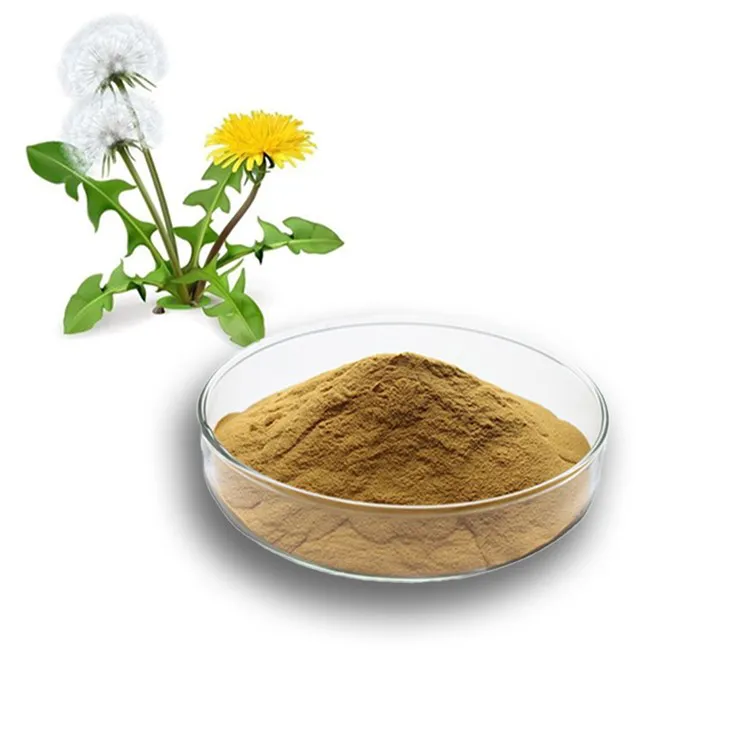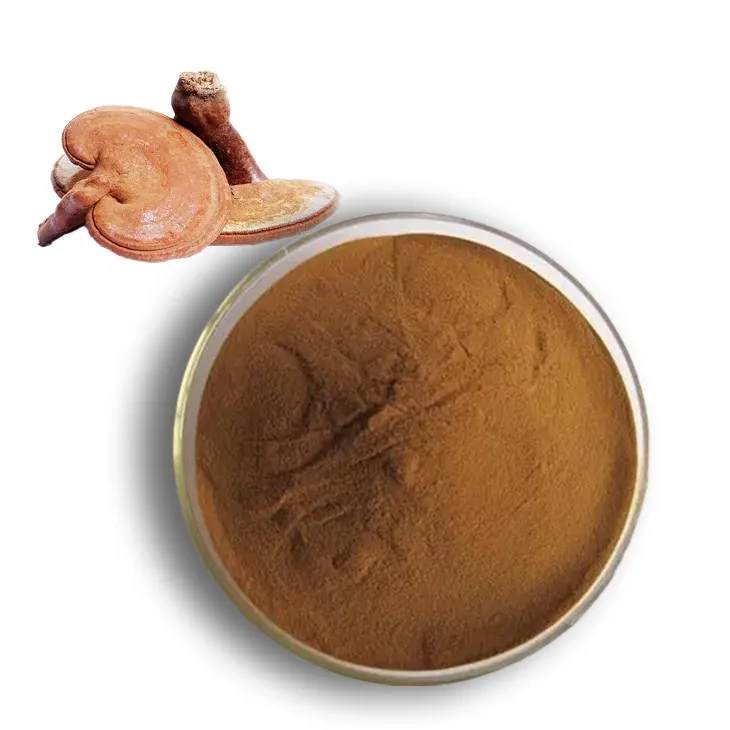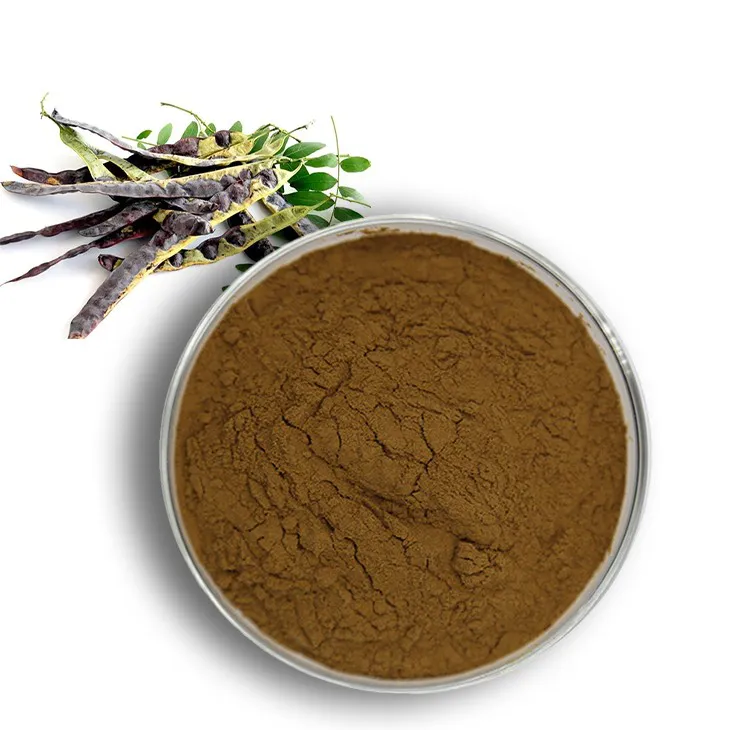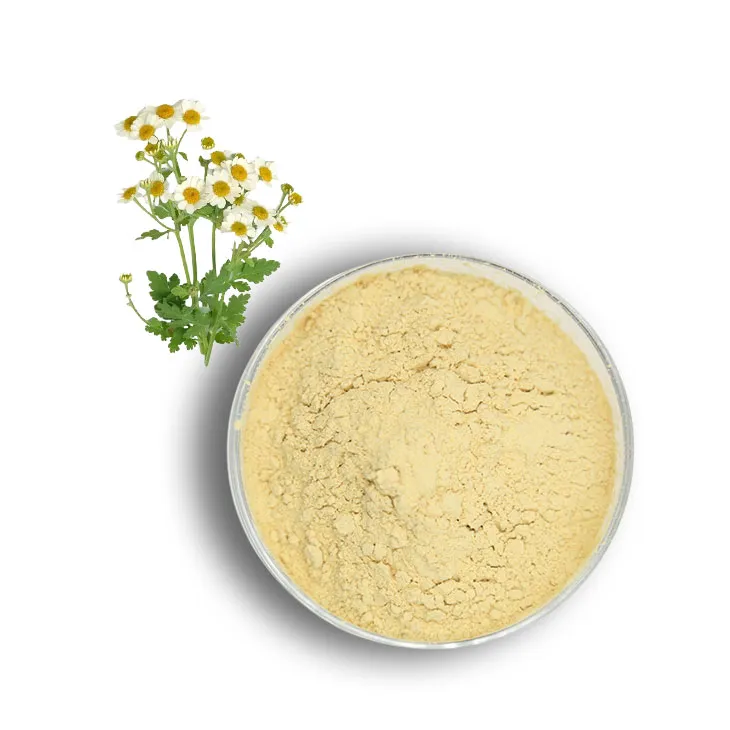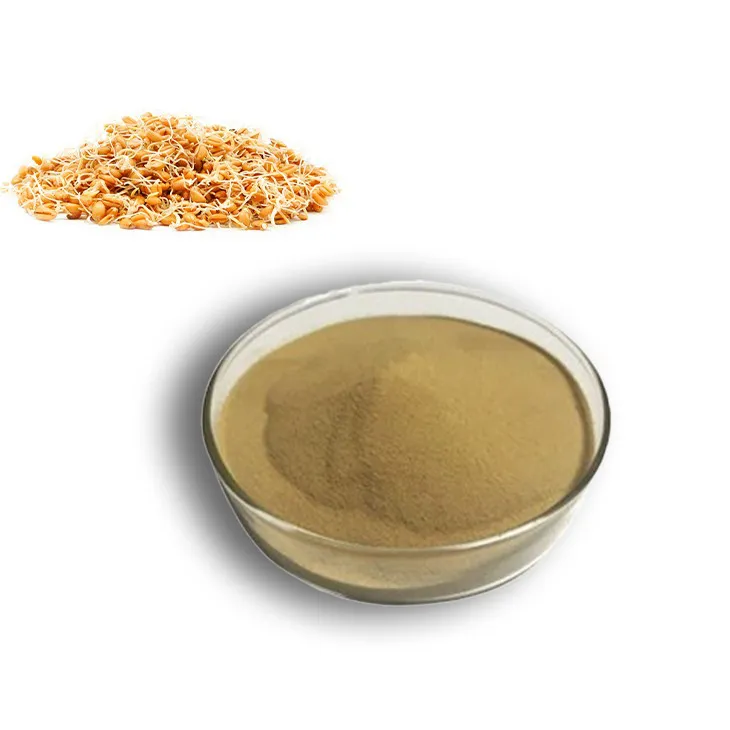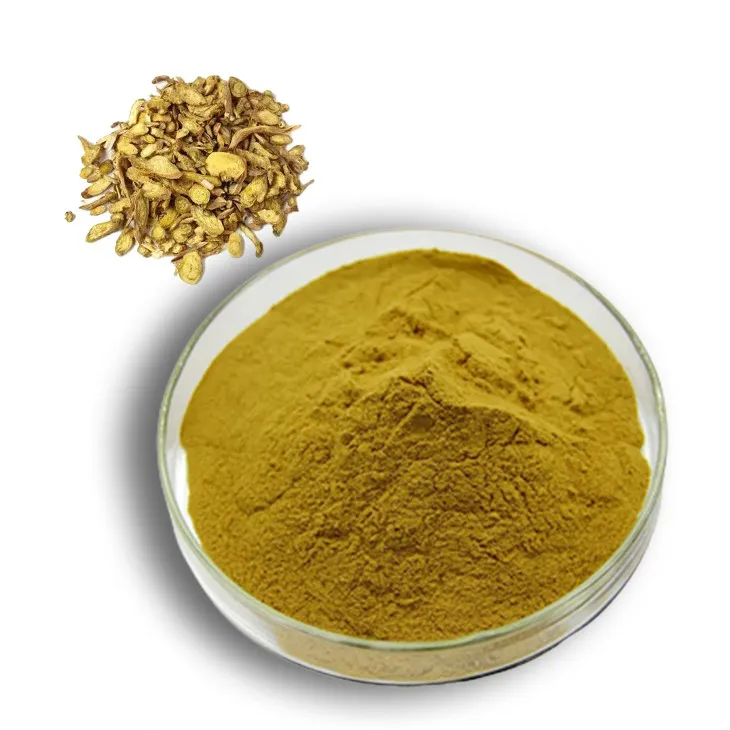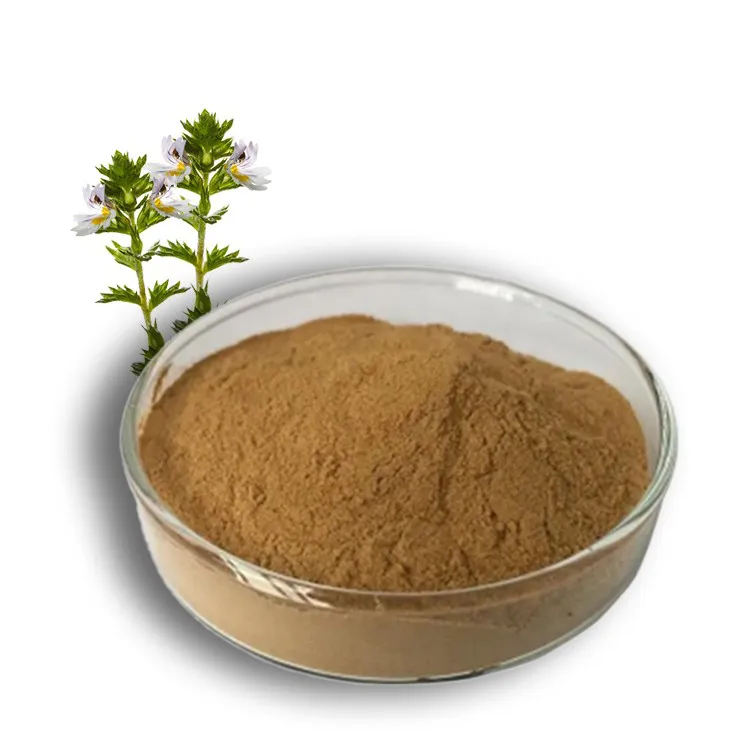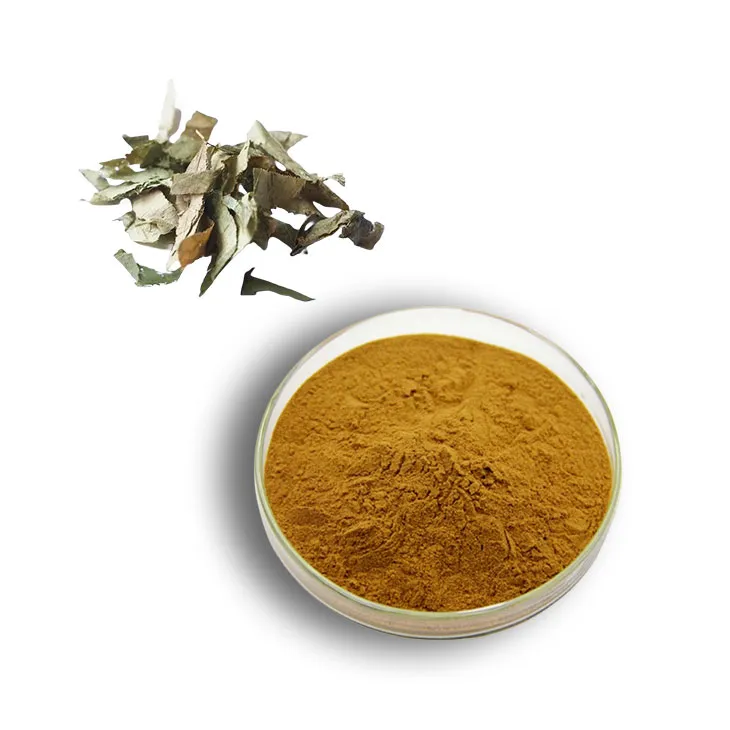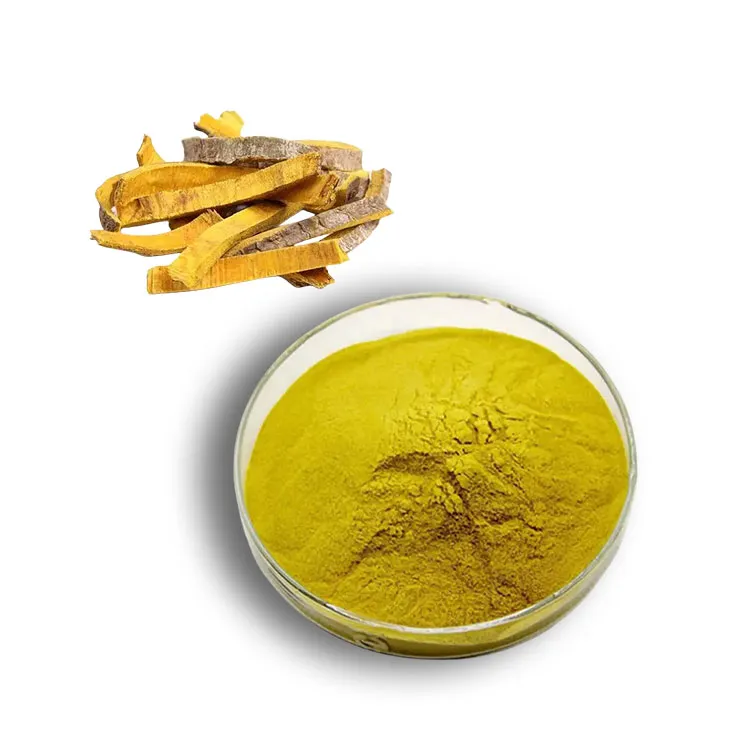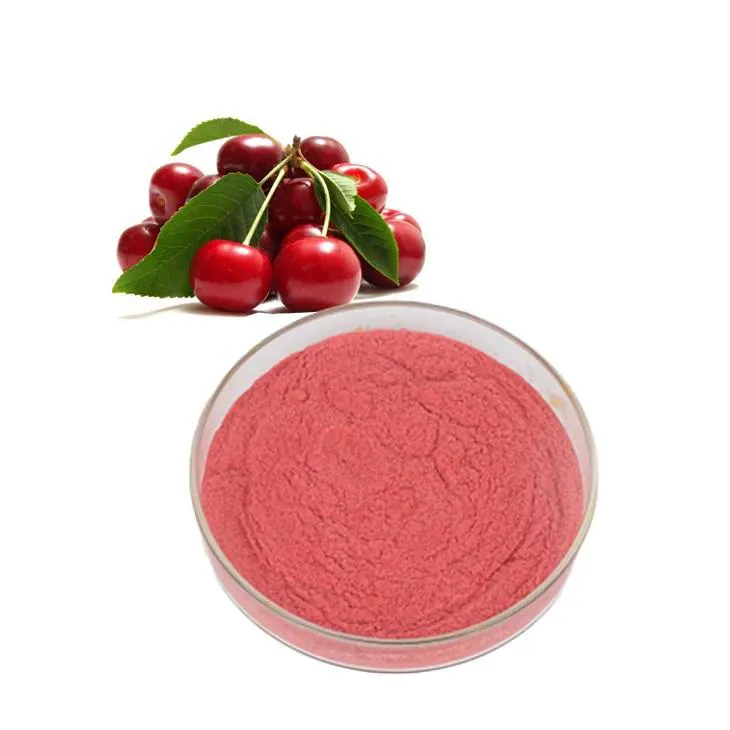- 0086-571-85302990
- sales@greenskybio.com
is lycopene in tomatoes
2023-09-27
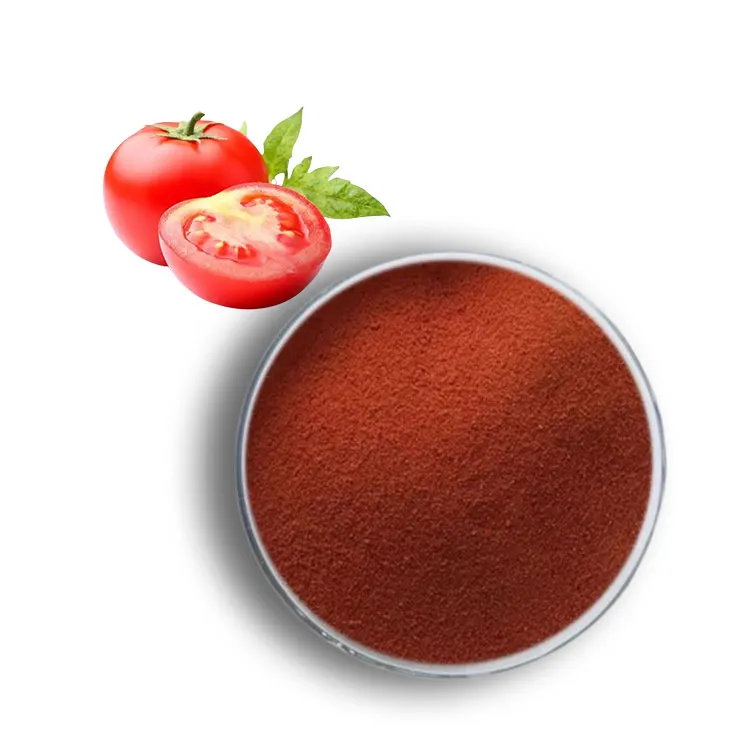
1. What are Tomatoes?
1. What are Tomatoes?
Tomatoes are a versatile and widely cultivated fruit that is commonly used in various culinary dishes around the world. Botanically classified as a fruit, tomatoes are technically a type of berry. They belong to the nightshade family, Solanum lycopersicum, and are native to western South America. Over time, tomatoes have been selectively bred for different characteristics such as size, color, and taste, resulting in a wide variety of types available today.
Tomatoes come in a range of colors, including red, yellow, orange, green, and even purple. The most common and widely consumed variety is the red tomato, which is rich in nutrients and antioxidants. The fruit can be found in various forms, such as fresh, canned, dried, or in the form of tomato paste or sauce.
Tomatoes are a staple ingredient in many cuisines and are used in a multitude of dishes, from salads and soups to pasta and pizza. They are valued not only for their flavor but also for their nutritional content. They are a good source of vitamins, minerals, and dietary fiber, contributing to a balanced diet.
The cultivation of tomatoes has a rich history, dating back to the Aztecs in Mexico, who first domesticated the plant. The fruit was later introduced to Europe in the 16th century by Spanish explorers and has since become a popular food item across the globe. Today, tomatoes are grown in many countries and are a significant part of the agricultural industry, with Italy, China, the United States, and Turkey being some of the top producers.
In summary, tomatoes are a nutritious and flavorful fruit that plays a central role in global cuisine. Their diverse range of types and uses make them a popular choice for both culinary and nutritional purposes. As we delve deeper into the topic of Lycopene in tomatoes, we will explore the connection between this powerful antioxidant and the health benefits it provides.
2. Lycopene in Tomatoes: The Connection
2. Lycopene in Tomatoes: The Connection
Tomatoes are a rich source of a potent antioxidant known as lycopene. This natural pigment is responsible for the characteristic red color of ripe tomatoes, as well as other red fruits and vegetables such as watermelon, red grapefruit, and red carrots. Lycopene is a type of carotenoid, a large group of over 600 pigments synthesized by plants and certain other organisms, which play a crucial role in the photosynthesis process and serve as a protective shield against environmental stresses.
The connection between lycopene and tomatoes is not merely aesthetic; it is deeply rooted in the nutritional and health benefits that lycopene provides. Tomatoes are one of the most concentrated sources of lycopene, with a single medium-sized tomato containing about 5 milligrams of lycopene. This makes them an excellent dietary choice for those looking to increase their intake of this beneficial compound.
Lycopene is unique among carotenoids because it is lipophilic, meaning it dissolves in fats rather than water. This characteristic affects how it is absorbed in the body and utilized for various health-promoting functions. The presence of lycopene in tomatoes has been linked to a wide range of health benefits, including its role in reducing the risk of certain types of cancer, supporting heart health, and promoting healthy aging.
The connection between lycopene and tomatoes is further strengthened by the fact that the processing of tomatoes, such as in the form of tomato sauce, paste, or juice, can increase the bioavailability of lycopene. This is because heat and the presence of fats during cooking can break down the cell walls of tomatoes, making it easier for the lycopene to be released and absorbed by the body.
In summary, the connection between lycopene and tomatoes is a vital one, highlighting the importance of tomatoes as a key dietary source of this powerful antioxidant. The presence of lycopene in tomatoes not only contributes to their vibrant color but also to their potential health-promoting properties. As we delve deeper into the topic, we will explore the various health benefits of lycopene, how to increase its intake, and the impact of cooking methods on lycopene absorption.
3. Health Benefits of Lycopene
3. Health Benefits of Lycopene
Lycopene, a powerful carotenoid antioxidant found in tomatoes and other red fruits and vegetables, has been the subject of numerous scientific studies due to its potential health benefits. Here are some of the key advantages associated with lycopene:
1. Antioxidant Properties:
Lycopene is a potent antioxidant that helps neutralize free radicals in the body. Free radicals are unstable molecules that can cause damage to cells and contribute to aging and various diseases.
2. Heart Health:
Research suggests that lycopene may reduce the risk of heart disease by lowering bad cholesterol (LDL) levels and reducing inflammation. It also helps in maintaining healthy blood pressure levels.
3. Cancer Prevention:
Lycopene has been linked to a reduced risk of certain types of cancer, including prostate, lung, and stomach cancer. Its antioxidant properties help protect cells from damage that can lead to cancer development.
4. Skin Protection:
The antioxidant properties of lycopene also extend to skin health. It can help protect the skin from harmful UV radiation, reducing the risk of sunburn and skin damage.
5. Bone Health:
Some studies indicate that lycopene may contribute to bone health by promoting bone formation and reducing bone resorption, which can help prevent osteoporosis.
6. Eye Health:
Lycopene is believed to support eye health by protecting the eyes from light-induced damage. It may also reduce the risk of age-related macular degeneration and cataracts.
7. Anti-Inflammatory Effects:
Lycopene has anti-inflammatory properties that can help reduce inflammation in the body, which is beneficial for conditions like arthritis and other inflammatory diseases.
8. Immune System Support:
Consuming foods rich in lycopene may help strengthen the immune system, making it more effective in fighting off infections and diseases.
9. Anti-Aging Benefits:
The antioxidant properties of lycopene can help slow down the aging process by protecting cells from oxidative stress, which is a major factor in aging.
10. Improved Fertility:
Some research suggests that lycopene may improve sperm quality and quantity in men, which can contribute to better fertility outcomes.
In conclusion, lycopene is a nutrient with a wide range of health benefits. Incorporating more tomatoes and other lycopene-rich foods into your diet can contribute to better overall health and well-being. It's important to note that while lycopene is beneficial, it should be part of a balanced diet and not relied upon as a sole source of nutrition. Always consult with a healthcare professional before making significant dietary changes.
4. How to Increase Lycopene Intake
4. How to Increase Lycopene Intake
Lycopene is a powerful antioxidant and carotenoid that is naturally found in tomatoes and other red fruits and vegetables. Increasing your lycopene intake can provide a range of health benefits, including improved heart health, reduced inflammation, and a lower risk of certain cancers. Here are some tips on how to increase your lycopene intake:
1. Eat More Tomatoes: The most straightforward way to increase your lycopene intake is by consuming more tomatoes. Fresh, canned, or cooked tomatoes are all excellent sources of lycopene.
2. Choose Tomato-Based Sauces: Tomato sauces, such as marinara or pizza sauce, are concentrated sources of lycopene. Using these sauces in your cooking can help increase your lycopene intake.
3. Incorporate Tomato Sauces in Meals: Adding tomato sauce to your pasta, pizza, or other dishes can be an easy way to boost your lycopene consumption.
4. Eat Cooked Tomatoes: Cooking tomatoes can increase the bioavailability of lycopene, making it easier for your body to absorb. Try incorporating cooked tomatoes into your meals, such as in a stew or soup.
5. Include Lycopene-Rich Foods: Apart from tomatoes, other foods rich in lycopene include watermelon, pink grapefruit, guava, and red bell peppers. Incorporating these into your diet can help increase your lycopene intake.
6. Opt for Canned Tomatoes: Canned tomatoes, especially those with their juice, can be a good source of lycopene. The canning process can help break down the cell walls of tomatoes, making lycopene more accessible.
7. Use Olive Oil: When cooking with tomatoes, using a small amount of olive oil can help increase the absorption of lycopene. The healthy fats in olive oil can aid in the absorption of fat-soluble nutrients like lycopene.
8. Diversify Your Tomato Consumption: Try different varieties of tomatoes, such as cherry tomatoes, heirloom tomatoes, or sun-dried tomatoes, to diversify your lycopene sources.
9. Monitor Portion Sizes: While it's beneficial to increase lycopene intake, it's also important to maintain a balanced diet. Ensure that your increased tomato consumption is part of a varied and balanced diet.
10. Supplements: If you find it difficult to get enough lycopene through your diet, consider taking a lycopene supplement. However, it's always best to consult with a healthcare professional before starting any new supplement regimen.
By following these tips, you can effectively increase your lycopene intake and enjoy the associated health benefits. Remember, moderation and variety are key to a healthy diet, so while increasing lycopene, ensure you're also consuming a wide range of nutrients from various food sources.
5. Cooking Methods and Lycopene Absorption
5. Cooking Methods and Lycopene Absorption
When it comes to lycopene absorption from tomatoes, cooking methods can play a significant role. Lycopene is a fat-soluble nutrient, which means that it is better absorbed when consumed with some form of dietary fat. Here's a look at how different cooking methods can impact lycopene absorption:
Boiling:
Boiling tomatoes can cause some loss of lycopene due to the leaching of nutrients into the water. However, it also softens the tomato's cell walls, making it easier for the body to access and absorb the lycopene.
Steaming:
Steaming is a gentler cooking method that helps to preserve more of the lycopene content. It also allows the cells to release some of the lycopene without significant nutrient loss.
Sautéing:
Sautéing tomatoes with a small amount of oil can enhance lycopene absorption. The heat from cooking, combined with the presence of fat, helps to break down the cell walls and release lycopene.
Baking:
Baking tomatoes, especially when combined with a source of healthy fats like olive oil, can also improve lycopene bioavailability. The high temperatures involved in baking can help to break down the cell walls and release lycopene.
Canning:
Canned tomatoes can be a convenient and nutritious option. The canning process involves heating, which can help to break down cell walls and release lycopene. Additionally, canned tomatoes often contain tomato paste, which is naturally higher in lycopene.
Tomato Sauces and Pastes:
Tomato sauces and pastes are concentrated sources of lycopene. Cooking tomatoes down into a sauce or paste can increase the concentration of lycopene, making it easier for the body to absorb.
Adding Healthy Fats:
Regardless of the cooking method, adding a source of healthy fat, such as olive oil, avocado, or nuts, can help to improve lycopene absorption. The fat helps to dissolve the lycopene, making it more bioavailable for absorption in the digestive tract.
In conclusion, while some cooking methods can cause a loss of lycopene, others can actually enhance its bioavailability. By choosing cooking methods that preserve lycopene and pairing tomatoes with healthy fats, you can maximize the health benefits of this powerful antioxidant.
6. Lycopene Content in Different Types of Tomatoes
6. Lycopene Content in Different Types of Tomatoes
Tomatoes come in a variety of shapes, sizes, and colors, each with its unique flavor profile and nutritional content. The lycopene content in tomatoes can vary significantly based on these factors, as well as the ripeness and growing conditions of the tomatoes. Here, we explore the lycopene content in different types of tomatoes to help you make informed choices for your diet.
Cherry Tomatoes:
Cherry tomatoes are small, round, and sweet, often used in salads or as a snack. Despite their small size, they pack a punch when it comes to lycopene content. They are among the highest in lycopene per gram, making them a great choice for those looking to increase their lycopene intake.
Roma Tomatoes:
Roma tomatoes, also known as plum tomatoes, are larger and have a meatier texture compared to cherry tomatoes. They are often used for cooking and making sauces. Roma tomatoes have a good amount of lycopene, though not as high as cherry tomatoes on a per gram basis.
Heirloom Tomatoes:
Heirloom tomatoes are varieties that have been passed down through generations. They come in a wide range of colors, from red to yellow, green, and even purple. The lycopene content in heirloom tomatoes can vary greatly depending on the specific variety and color. Generally, red heirloom tomatoes have a higher lycopene content than other colors.
Beefsteak Tomatoes:
Beefsteak tomatoes are large, juicy, and often red in color. They are perfect for slicing and adding to sandwiches or salads. While they are rich in flavor, their lycopene content is moderate compared to other types of tomatoes.
Yellow Tomatoes:
Yellow tomatoes are a less common variety that offers a unique taste and texture. They have a slightly lower lycopene content than red tomatoes, but they still provide a good source of this beneficial compound.
Green Tomatoes:
Green tomatoes are unripe and can be used in a variety of dishes, such as fried green tomatoes. They contain less lycopene than their riper counterparts, as lycopene levels increase as the tomato ripens.
Tomato Paste and Tomato Sauce:
While not a type of fresh tomato, tomato paste and tomato sauce are concentrated sources of lycopene. These products are made from cooked tomatoes, which can increase the bioavailability of lycopene, making it easier for your body to absorb.
When selecting tomatoes, it's essential to choose ripe, fresh fruits for the highest lycopene content. Additionally, incorporating a variety of tomato types into your diet can provide a range of flavors and nutrients, ensuring you receive the full benefits of lycopene.
7. Lycopene and Skin Health
7. Lycopene and Skin Health
Lycopene, a powerful antioxidant found in tomatoes and other red fruits and vegetables, has been gaining attention for its potential role in skin health. The skin is the largest organ of the human body and is constantly exposed to environmental stressors such as ultraviolet (UV) radiation, pollution, and free radicals. These factors can lead to skin aging, inflammation, and an increased risk of skin cancer. Lycopene's antioxidant and anti-inflammatory properties make it a promising candidate for promoting skin health.
Protection Against UV Damage:
One of the primary benefits of lycopene for skin health is its ability to protect against the harmful effects of UV radiation. UV rays can cause DNA damage, leading to premature aging and an increased risk of skin cancer. Lycopene has been shown to reduce the amount of UV-induced DNA damage in skin cells, potentially reducing the risk of skin cancer and promoting healthier skin.
Anti-Aging Effects:
As an antioxidant, lycopene helps neutralize free radicals, which are unstable molecules that can cause damage to cells and contribute to the aging process. By reducing oxidative stress and inflammation, lycopene may help slow down the aging of the skin, resulting in a more youthful appearance.
Anti-Inflammatory Properties:
Inflammation is a key factor in various skin conditions, including acne, eczema, and psoriasis. Lycopene's anti-inflammatory properties can help reduce inflammation in the skin, potentially alleviating symptoms associated with these conditions.
Moisturizing Benefits:
Lycopene has also been found to have moisturizing effects on the skin. It can help improve skin hydration and elasticity, leading to a smoother and more supple complexion.
Clinical Studies:
Several clinical studies have investigated the effects of lycopene on skin health. One study published in the journal "Photochemistry and Photobiology" found that participants who took lycopene supplements experienced a reduction in UV-induced erythema (redness) and sunburn cell formation. Another study in the "Journal of Cosmetic Dermatology" reported that lycopene supplementation improved skin hydration and reduced the appearance of fine lines and wrinkles.
Incorporating Lycopene into Your Skin Care Routine:
While more research is needed to fully understand the extent of lycopene's benefits for skin health, incorporating lycopene-rich foods into your diet or using topical products containing lycopene can be a proactive approach to promoting healthier skin. Foods rich in lycopene include tomatoes, watermelon, pink grapefruit, and red bell peppers. Topical products containing lycopene are also available, which can be applied directly to the skin.
In conclusion, lycopene's potential role in skin health is an exciting area of research. Its antioxidant, anti-inflammatory, and moisturizing properties may contribute to a reduction in UV damage, anti-aging effects, and improved skin hydration. As with any health-related topic, it's essential to maintain a balanced diet and lifestyle, and consult with a healthcare professional for personalized advice on skin care and nutrition.
8. Research Studies on Lycopene
9. Conclusion and Recommendations
9. Conclusion and Recommendations
Tomatoes are a versatile and nutritious fruit that is widely enjoyed for their flavor and health benefits. Lycopene, a powerful antioxidant found predominantly in tomatoes, has been linked to a multitude of health benefits, including reduced risk of certain cancers, improved cardiovascular health, and enhanced skin health.
Incorporating tomatoes into your diet is a simple and effective way to increase your lycopene intake. Fresh tomatoes, tomato sauce, and tomato-based products like ketchup and salsa are all excellent sources of this beneficial compound. Cooking tomatoes or consuming them with a source of healthy fat can enhance lycopene absorption, making it easier for your body to utilize this nutrient.
Different types of tomatoes, such as red, yellow, and cherry tomatoes, all contain varying amounts of lycopene. While red tomatoes are the most common source, exploring other varieties can provide a diverse range of flavors and nutrients.
Research studies continue to uncover the potential health benefits of lycopene, highlighting its importance in maintaining overall health and well-being. As with any nutrient, it is essential to consume lycopene as part of a balanced diet that includes a variety of fruits, vegetables, whole grains, and lean proteins.
In conclusion, tomatoes are a nutritious and delicious addition to any diet. By understanding the connection between tomatoes and lycopene, as well as the various ways to increase lycopene intake and absorption, you can make informed choices to support your health and well-being. Enjoy the many benefits of lycopene by incorporating tomatoes into your meals and snacks, and consider exploring different types of tomatoes to add variety and flavor to your diet.
- ▶ Hesperidin
- ▶ Citrus Bioflavonoids
- ▶ Plant Extract
- ▶ lycopene
- ▶ Diosmin
- ▶ Grape seed extract
- ▶ Sea buckthorn Juice Powder
- ▶ Fruit Juice Powder
- ▶ Hops Extract
- ▶ Artichoke Extract
- ▶ Mushroom extract
- ▶ Astaxanthin
- ▶ Green Tea Extract
- ▶ Curcumin
- ▶ Horse Chestnut Extract
- ▶ Other Product
- ▶ Boswellia Serrata Extract
- ▶ Resveratrol
- ▶ Marigold Extract
- ▶ Grape Leaf Extract
- ▶ New Product
- ▶ Aminolevulinic acid
- ▶ Cranberry Extract
- ▶ Red Yeast Rice
- ▶ Red Wine Extract
-
Dandelion Leaf Extract
2023-09-27
-
Reishi mushroom extract
2023-09-27
-
Saponin Extract
2023-09-27
-
Feverfew Extract
2023-09-27
-
Wheat Germ Extract
2023-09-27
-
Scutellaria Extract
2023-09-27
-
Eyebright Extract
2023-09-27
-
Epimedium extract powder
2023-09-27
-
Phellodendron Extract
2023-09-27
-
Acerola Juice Powder
2023-09-27











